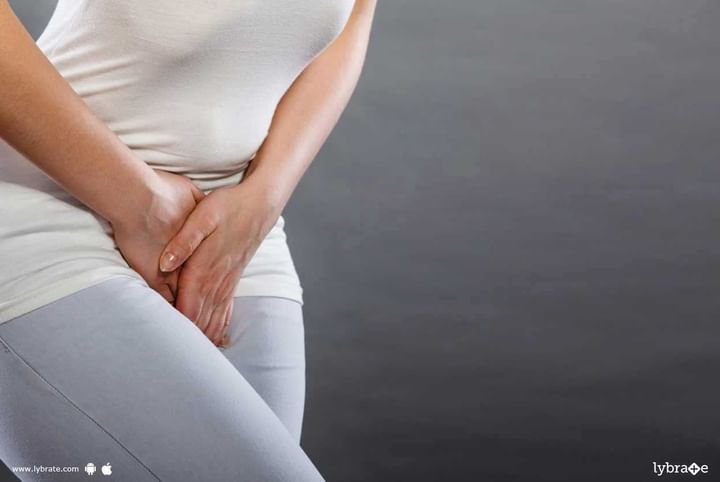Uterine Fibroids - Know Ways Of Tackling Them!
Uterine fibroids, also known as leiomyomata, are non-cancerous growths which develop in and around the uterus or the womb and form benign tumors in course of time. Though there are several types of uterine fibroids, they are all consistently similar in their genetic makeup. They are generally classified depending on their specific locations:
- Myometrial or intramural fibroids
- Submucosal fibroids
- Subserosal fibroids
- Pedunculated fibroids
Signs and symptoms
In most cases, uterine fibroids display little or no symptoms at all. Therefore many women are caught unawares and do not realize whether they have leiomyomata or not. When symptoms do show, however, they may include any one of the following:
1. Prolonged menstrual periods, usually for seven days or even longer
2. Bloating belly or pelvis
3. Intensive bleeding during periods
4. Pain during sexual intercourse
5. Constipation
Treatment
Since uterine fibroids do not cause any significant complications, they normally do not require much treatment. The condition, however, can be treated through either one of the following approaches:
1. Non-surgical approach
(1) Alert and careful inspection as well as watchful anticipation of the growth and development of uterine fibroids
(2) Birth control pills or oral contraceptives which help reduce heavy periods caused by uterine fibroids
(3) Pain relievers to help numb the pain
(4) Intrauterine device along with levonorgestrel to help reduce heavy periods
(5) Iron tablets are helpful in substituting the blood loss caused by heavy menstruation
2.Surgical approach
i) Myomectomy
ii) Hysterectomy
These two procedures can be performed using several techniques like:
- Laparoscopy
- Open abdominal surgery
- Robot-assisted laparoscopy
- Vaginal approach
- Hysteroscope approach
iii) Uterine artery embolization (UAE)



+1.svg)
